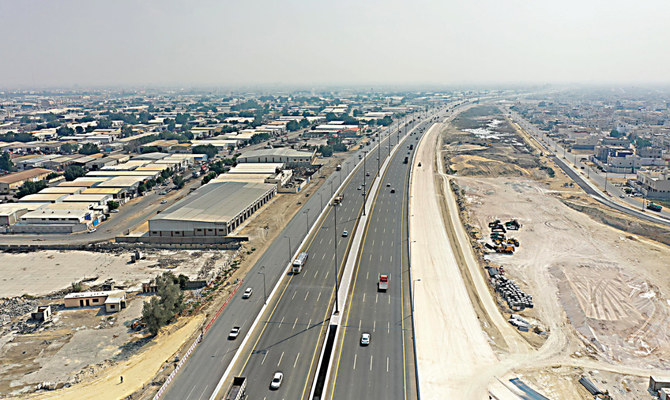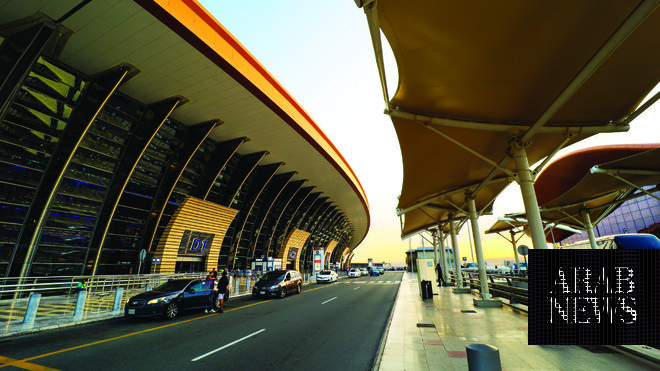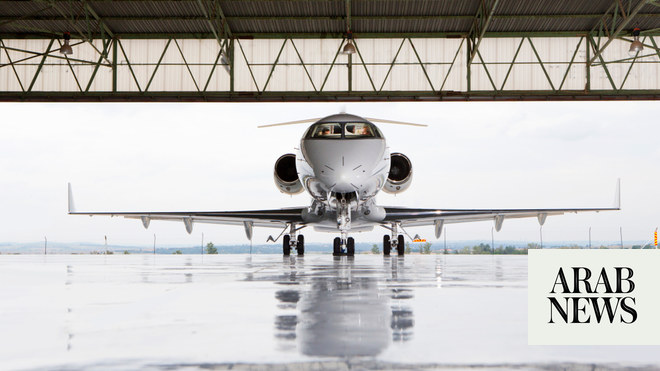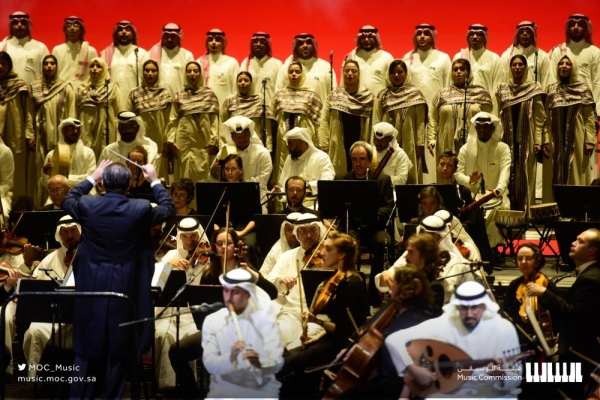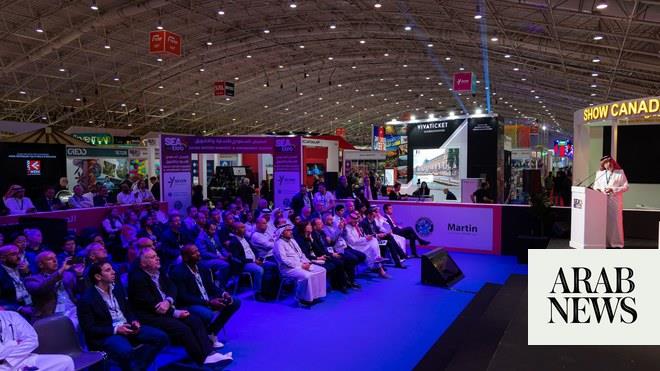
LONDON: Saudi Arabia’s aviation sector is expected to witness impressive growth in the coming years on the back of its expanded Jeddah hub, according to a senior Boeing executive.
Darren Hulst, Boeing’s senior managing director for market analysis for commercial airplanes, told Arab News that Jeddah’s geographic location, large local population and proximity to Makkah give it significant opportunities as an international hub and destination market.
“Saudi Arabia has got a similar geography (to other Gulf hubs) but a bigger local market, so there’s definitely a lot of potential still be to realized,” he said, speaking on the first day of the Farnborough International Airshow in the UK.
“Not only is a sixth freedom market (meaning its carriers can carry passengers and cargo from a second country to a third country by stopping in Saudi Arabia) it has the domestic market that can feed an international operation.”
“If you combine that with the infrastructure you’re getting with the new expanded airport in Jeddah, you could make it into a world-class local and connecting hub. Not only do you have the throughput and transit potential, but with the high-speed link to Makkah it becomes even more attractive because you have a destination to market in addition to a connecting itinerary.”
Jeddah’s expanded King Abdulaziz International Airport, which commenced operations on a soft launch basis in late May, is due to have the capacity to handle up to 80 million passengers a year when it becomes fully operational.
The airport is to be connected to the holy cities of Makkah and Madinah via the Haramain high-speed rail project, due to be completed later this year, which is predicted to transport around 60 million passengers per year.
“A local market is always important for an airline whether you’re a hub or a peer to peer carrier,” said Hulst.
“If you have a local destination market that you can use as a base, it means your hub can be even more value.”
Gulf carriers and hubs have endured two years of turbulence on the back of lower oil prices and geopolitical concerns within the wider region, including the war in Yemen and the deterioration of political and economic ties between Qatar and its neighbors since last year.
Passenger numbers transiting through Qatar have been impacted by the standoff, with Abu Dhabi traffic falling and Etihad Airways’ restructuring its international assets.
Dubai’s passenger numbers are forecast to continue growing this year, but at their slowest pace this decade.
Such slowdowns are likely to prove short-term in nature, according to Hulst.
“In the last year and a half we’ve seen a pause in terms of growth, but we see this as temporary,” said Hulst.
“Our outlook is that the Middle East will remain a robust region for growth; it’s in a very advantaged geographic location, the fundamentals of carriers’ business are very strong, so we see the last year or two as more of a pause.”
Carriers in the region had already begun to adjust their business models in response to the challenges faced, he said.
“Nothing stays the same for long in aviation. Emirates is evolving its business with the flydubai brand and how they’re work together more. Etihad is changing its business model based on its investments and the review of its fleet, and I think you’ll see the same thing out of some of the emerging potential carriers in the other parts of the Middle East.”
Middle Eastern orders on the first day of Farnborough were modest in comparison with previous years.
Omani budget airline SalamAir signed an agreement with Airbus to add six A320neo aircraft to its fleet, five of which on lease from an undisclosed lessor, while Kuwait’s Wataniya Airways confirmed its order of 25 A320neo aircraft placed during the Dubai Airshow in November.
Boeing meanwhile finalized an order for five 777 Freighters from Qatar Airways, first announced in April.
Some $46.4 billion worth of deals were announced on the airshow’s first day, including $43.6 billion worth of orders for 311 civil aircraft, organizers said.




